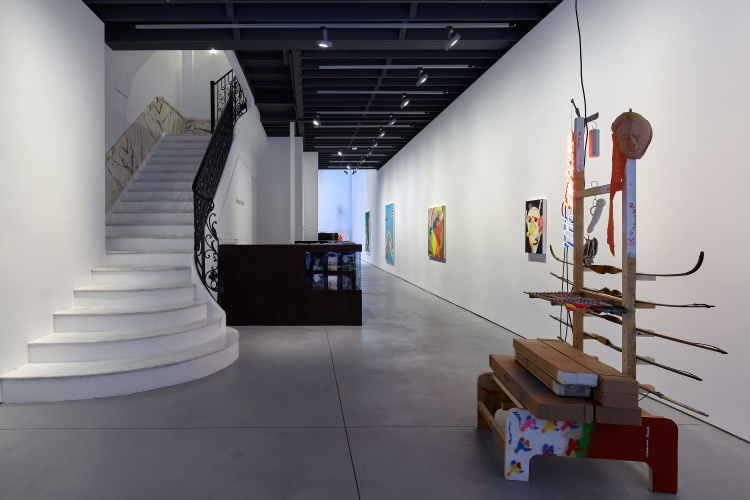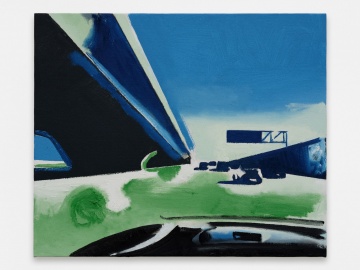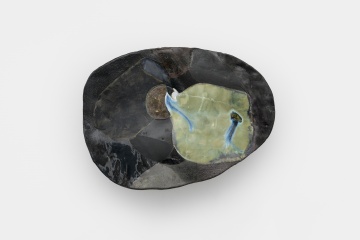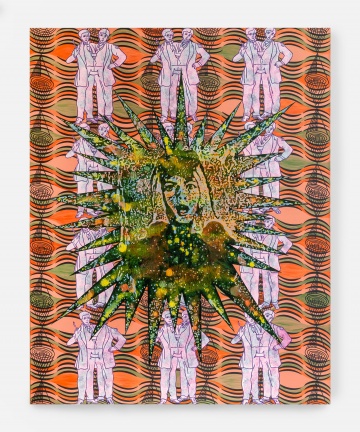Anton Kern Gallery
16 East 55th Street
New York, NY 10022
212 367 9663
Also at:
WINDOW by Anton Kern Gallery
91 Walker Street
New York, NY 10013
212 367 9663
New York, NY 10022
212 367 9663
Also at:
WINDOW by Anton Kern Gallery
91 Walker Street
New York, NY 10013
212 367 9663
Artists Represented:
Paweł Althamer
Nobuyoshi Araki
Alvaro Barrington
Margot Bergman
Ellen Berkenblit
John Bock
David Byrd
Brian Calvin
Anne Collier
Julie Curtiss
Nathalie Du Pasquier
Nicole Eisenman
Lloyd Foster
Martino Gamper
Ellen Gronemeyer
Bendix Harms
Eberhard Havekost
Lothar Hempel
Richard Hughes
Marcus Jahmal
Sarah Jones
Hein Koh
Jim Lambie
Marepe
Chris Martin
Matthew Monahan
Aliza Nisenbaum
Marcel Odenbach
Manfred Pernice
Alessandro Pessoli
Wilhelm Sasnal
Lara Schnitger
David Shrigley
Mike Silva
Tal R
Francis Upritchard
Eric van Lieshout
Andy Warhol
Yuli Yamagata

Installation view, Alessandro Pessoli: Against Me. Courtesy Anton Kern Gallery.

Wilhelm Sasnal
Sad Tropics
January 22, 2025 - March 6, 2025

Nicole Eisenman
Plastered
January 22, 2025 - March 6, 2025

Roxanne Jackson
UNKNOWN GIANTS
January 10, 2025 - March 6, 2025

 Back to all Member Galleries
Back to all Member Galleries



